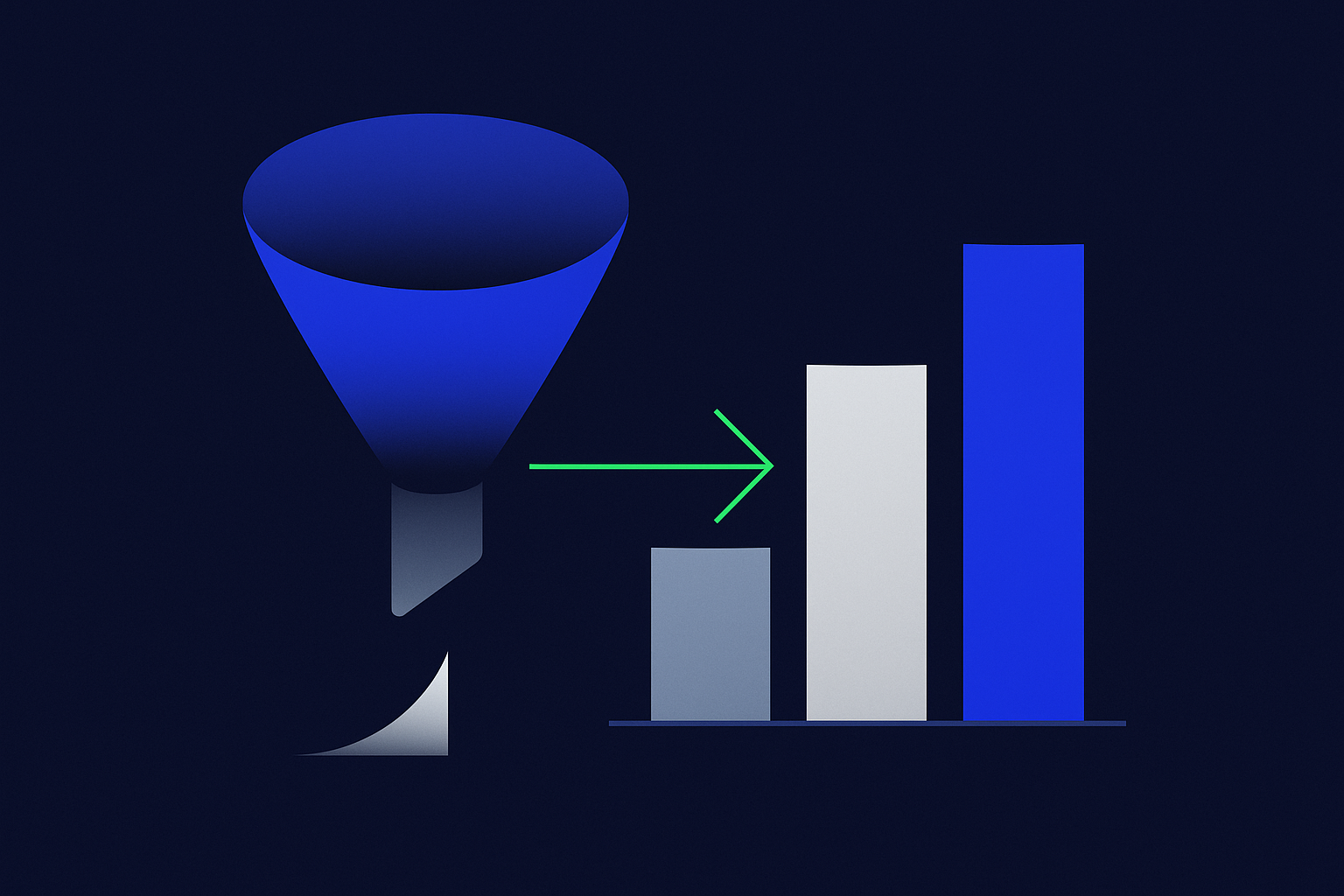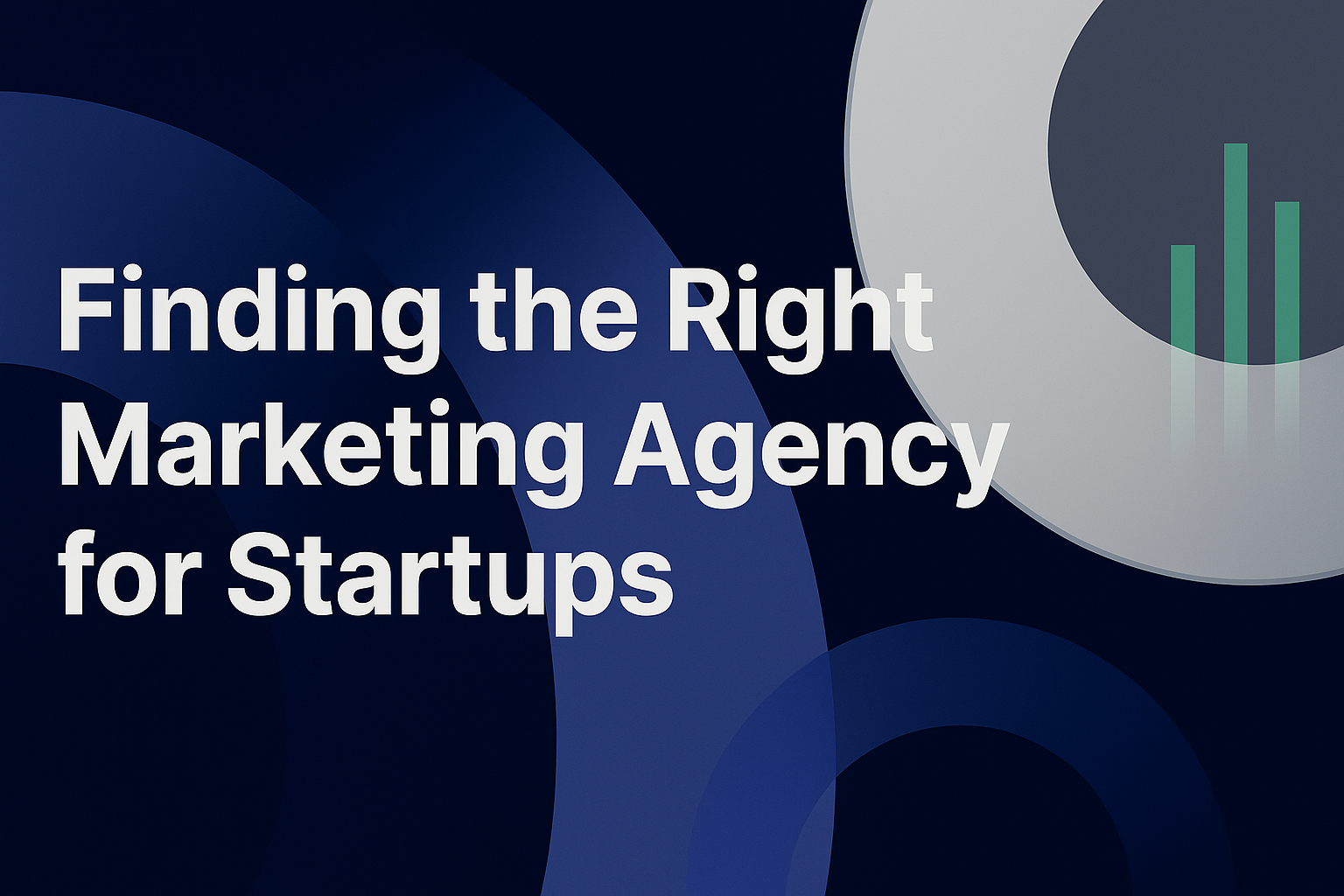The Software as a Service (SaaS) industry is evolving rapidly. New trends are shaping its future.
Businesses are increasingly adopting cloud-based solutions. This shift is driving significant growth in the SaaS market.
AI and machine learning are now integral to SaaS offerings. They enhance personalization and automation, providing a competitive edge.
Vertical SaaS solutions are gaining traction. These industry-specific tools offer tailored features and benefits.
As the SaaS landscape changes, understanding these trends is crucial. It helps businesses and professionals make informed decisions.
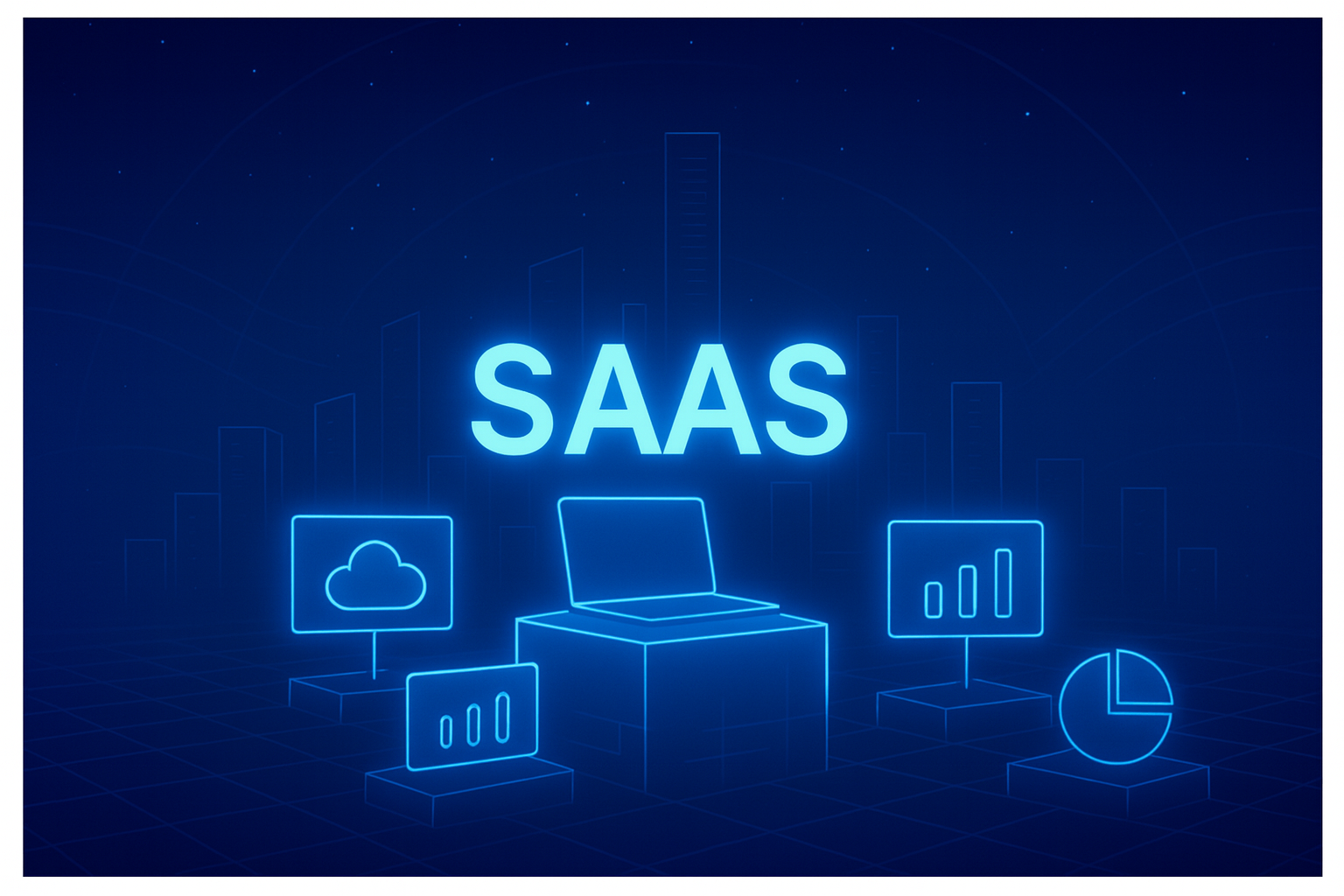
The SaaS Market Today: Growth and Key Drivers
The SaaS market is booming. Rapid adoption of cloud technologies fuels this growth. Companies prefer scalable solutions that SaaS offers.
Several key factors drive the market. Businesses seek cost-efficient systems. SaaS solutions eliminate the need for heavy IT infrastructure.
Remote work trends accelerate SaaS adoption. Companies need tools that support remote collaboration. SaaS applications fit this need perfectly.
Key drivers of SaaS growth include:
- Demand for scalable, cloud-based solutions
- Increasing remote work requirements
- Need for cost-effective IT infrastructure
The future appears bright for SaaS. Companies continue to explore its vast potential. The demand is unlikely to wane anytime soon.
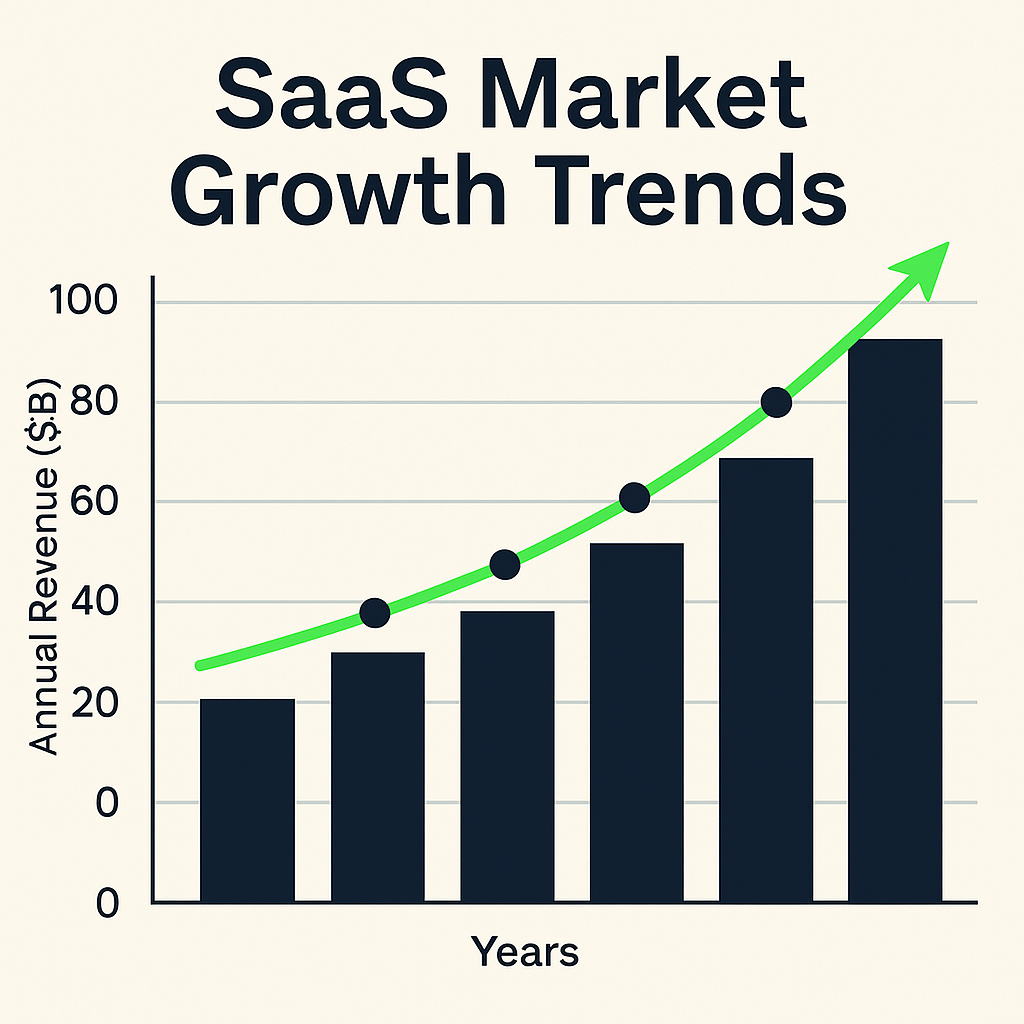
AI, Machine Learning, and Automation in SaaS
AI and machine learning have transformed SaaS. They offer smarter, more efficient solutions. Automation is a key benefit.
These technologies personalize user experiences. They adapt services to individual needs. This makes SaaS more appealing.
Machine learning tools automate routine tasks. They free up time for strategic activities. This enhances productivity.
AI, machine learning, and automation benefits include:
- Enhanced personalization for users
- Automation of routine tasks
- Improved decision-making processes
The future of SaaS is tied to these technologies. They drive innovation. They open new possibilities for developers and users alike.
Vertical SaaS and Industry-Specific Solutions
Vertical SaaS is on the rise. These solutions are tailored to unique industry needs. They provide specialized features and benefits.
Such offerings cater to sectors like healthcare, finance, and education. Each industry has distinct requirements. Vertical SaaS meets these needs precisely.
Key advantages of Vertical SaaS include:
- Tailored features for specific industries
- Enhanced compliance with sector regulations
- Improved adaptability to market changes
These solutions allow companies to innovate. They focus on core business challenges. As a result, businesses can gain a competitive edge.
The Rise of Low-Code and No-Code Platforms
The demand for low-code and no-code platforms is growing. These tools empower non-technical users. Users can create applications without deep programming knowledge.
Businesses benefit from faster development cycles. Teams can prototype and deploy applications quickly. These platforms streamline traditional development processes.
Key features of low-code and no-code platforms include:
- Drag-and-drop interfaces
- Pre-built templates and modules
- Seamless integration with existing systems
As these platforms evolve, more industries are adopting them. They enable digital transformation. Organizations can become more agile and responsive to market needs.
Pricing Models: Subscription, Usage-Based, and Flexibility
The subscription model dominates the SaaS market. It offers predictable revenue and cost for providers and users. Yet, evolving needs drive innovation in pricing strategies.
Flexible models attract businesses seeking efficiency. Usage-based pricing adapts to a company’s needs. Firms pay based on actual service consumption.
Key pricing models in SaaS include:
- Flat-rate subscription
- Usage-based billing
- Tiered pricing with scalable options
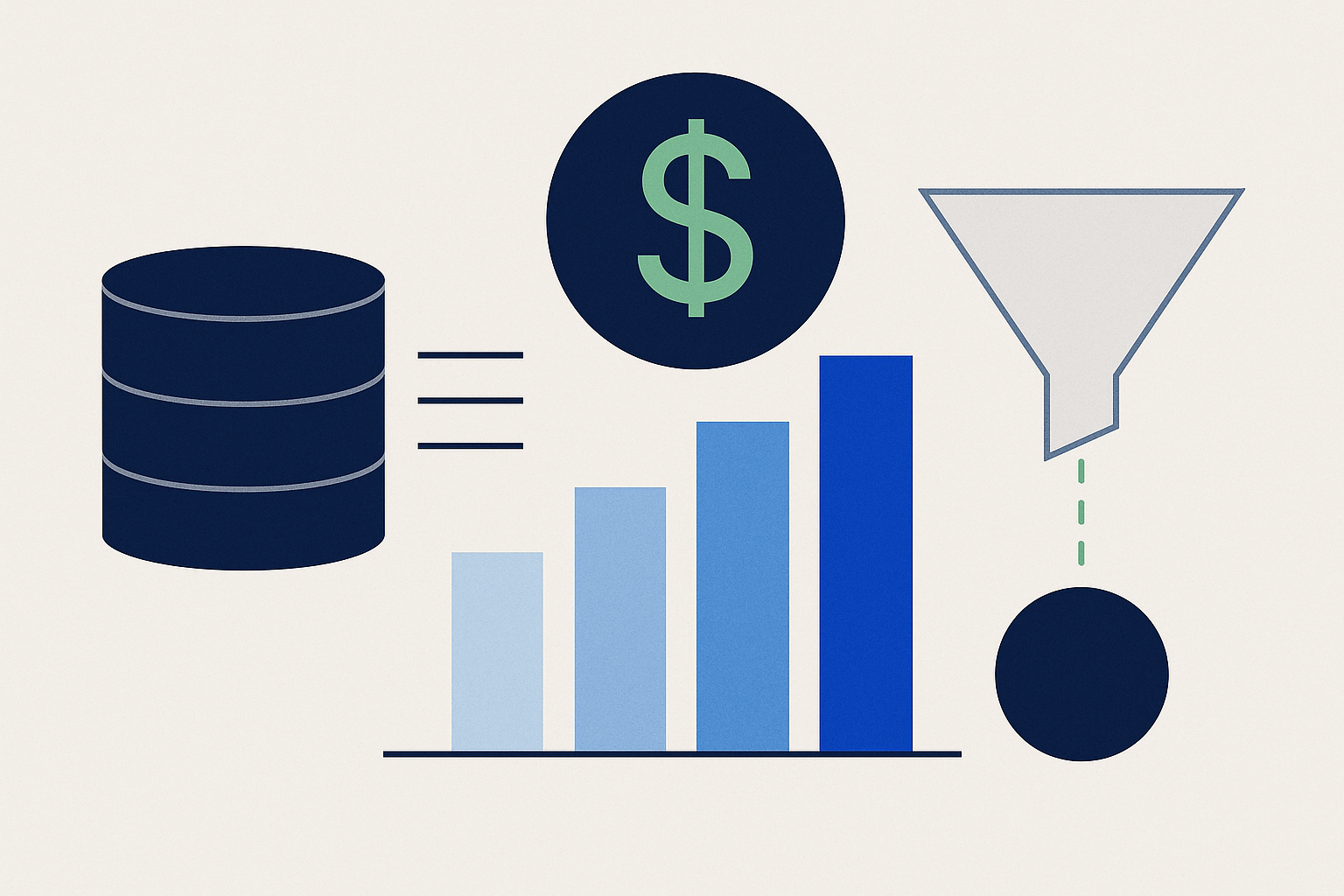
This flexibility allows companies to tailor services to budgets. As competition grows, adaptive pricing becomes a competitive advantage in the SaaS industry.
Security, Compliance, and Data Privacy
In the SaaS industry, security remains paramount. With data breaches on the rise, companies prioritize protecting user information. Robust cybersecurity measures are essential to gain trust.
Compliance is another critical factor. SaaS providers must adhere to global regulations. This includes standards like GDPR and CCPA, ensuring user privacy and data integrity.
Data privacy is a key concern for users. Companies focus on transparency and control, ensuring users understand how their data is used. Crucial aspects include:
- End-to-end encryption
- Regular security audits
- Transparent privacy policies
By addressing these concerns, SaaS companies build trust and long-term user relationships.
Integration, APIs, and Seamless Connectivity
Integration has become crucial in the SaaS landscape. Businesses seek solutions that connect effortlessly. This demand drives the evolution of API-driven architectures.
APIs enable seamless data exchange between applications. They enhance functionality and user experience. Key components of successful integration include:
- Open API standards
- Strong developer support
- Reliable data syncing
These elements help businesses streamline processes, ensuring all tools work efficiently together.
B2B SaaS Trends and the Future of Work
The B2B SaaS market is rapidly evolving. Businesses adopt these solutions to boost efficiency. They save time and lower costs by automating tasks.
Remote work has shifted focus to collaboration tools. Essential B2B SaaS trends include:
- Enhanced team communication
- Cloud-based collaboration platforms
- Data-driven decision-making tools
These trends enable companies to adapt and thrive in a changing work environment.
SaaS Opportunities in Emerging Markets
Emerging markets present untapped potential for SaaS providers. Digital transformation is driving demand for innovative solutions. Companies can capitalize on this growing interest.
Key opportunities include:
- Expanding digital infrastructure
- Rising internet penetration
- Increased investment in technology
These factors create fertile ground for SaaS growth and expansion into new regions.
Customer Experience, Retention, and Personalization
In SaaS today, customer experience is essential. Companies focus on understanding user needs to improve satisfaction and retention. Personalization is key to creating unique user interactions.
Important strategies include:
- Tailored content and suggestions
- Adaptive software design
- Enhanced customer support and feedback systems
These approaches ensure loyalty and long-term engagement.
Environmental Sustainability and SaaS Industry Growth
Environmental sustainability is increasingly vital in the SaaS industry. Companies are adopting eco-friendly practices to reduce their carbon footprints and support growth.
Sustainable practices include:
- Efficient data center operations
- Use of renewable energy sources
- Optimizing software for minimal resource use
The Future of SaaS
The future of SaaS promises innovation and adaptation. Businesses will need to leverage emerging technologies to stay competitive. The industry will focus on more personalization and smarter integrations.
As the demand for seamless digital experiences grows, companies must prioritize customer satisfaction. This will foster long-term relationships and sustainable growth in the ever-evolving SaaS landscape.
